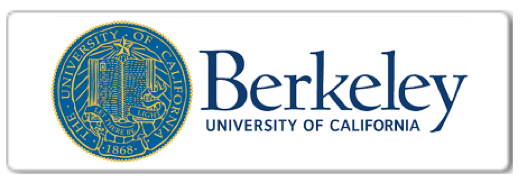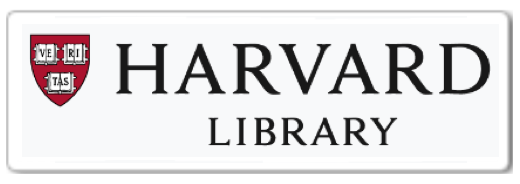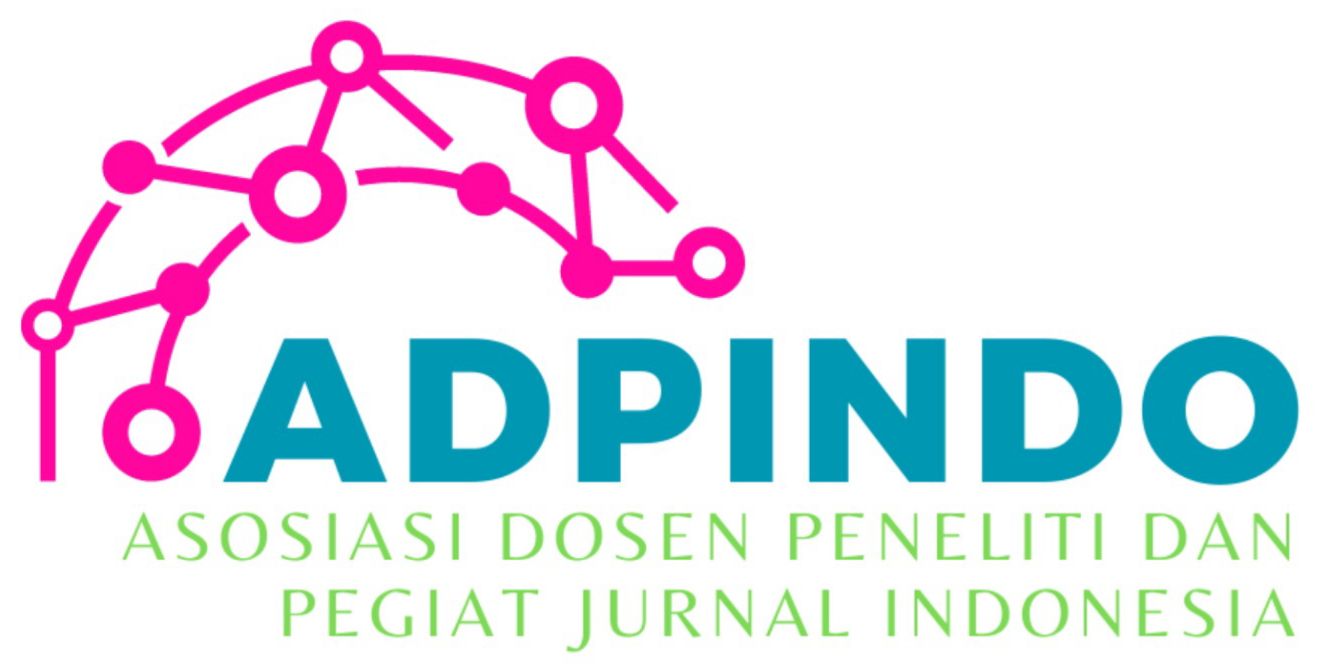THE IMPACT OF FINANCIAL STATEMENT FRAUD THROUGH THE FRAUD HEXAGON ON CONSUMER CYCLICALS SECTOR COMPANIES ON THE INDONESIA STOCK EXCHANGE IN 2020-2022
Main Article Content
Mohamad Zulman Hakim
Hamdani
Galang Reza Firdaus Budiutomo
Yola Dyfa Meisari
Helen Retno Wulandari
Thorik Satria Ilmi
The objective of this study is to collect empirical evidence regarding the Factors in the Fraud Hexagon Theory that can be used to detect financial statement fraud. The case study of the Consumer Cyclical Sector on the IDX in the range of 2020-2022 is used in testing the Fraud Score model. In this analysis, 89 Consumer Cyclicals companies serve as samples, purposeful sampling is used to select samples, in this study, financial statement fraud (KLK) is the dependent variable. The independent variables used are financial targets, financial stability, external pressure, CEO education, political connections, state-owned enterprises, external auditors, rationalization, and CEO duality. EViews version 13 testing software was used for data analysis of multiple linear regression analysis. This study shows that financial statement fraud is significantly influenced by external pressure and rationalization. There is no statistically significant correlation between financial objectives, financial stability, and rationalization.
Apriliana, S., & Agustina L. (2017). The Analysis of Fraudulent Financial Reporting Determinants through Fraud Pentagon Approach. Jurnal Dinamika Akuntansi, 154- 165.https://doi.org/10.15294/jda.v7il.4036
Agusputri, H., & Sofie. (2019). Faktor- Faktor yang Berpengaruh Terhadap Fraudulent Financial Reporting Dengan Menggunakan Analisis Fraud Pentagon. Jurnal Informasi Perpajakan, Akuntansi, Dan Keuangan Publik, 105–124.https://doi.org/http://dx.doi.org/10.251 05/jipak.v14i2.5049
Crowe. (2011). Why the Fraud Triangle is No Longer Enough.
DeAngelo, L. E. (1981). Auditor Independence, "low bailing, and Disclosure Regulation. Journal of Accounting and Economics.
Gaio, C., & Pinto, I. (2018). The role of state ownership on earnings quality: evidence across public and private European firms. Journal of Applied Accounting Research, 19(2), 312–332. https://doi.org/10.1108/JAAR-07- 2016-0067
Jensen, M. C., & Meckling, W. H. (1976). Theory of the Firm: Managerial Behavior, Agency Costs, and Ownership Structure. Journal of Financial Economics.
Martantya, & Daljono. (2013). Pendeteksian Kecurangan Laporan Keuangan Melalui Faktor Risiko Tekanan dan Peluang. Diponegoro Journal of Accounting, 1– 12.
Septriyani, Y., & Handayani, D. (2018). Mendeteksi Kecurangan Laporan Keuangan dengan Analisis Fraud Pentagon. Jurnal Akuntansi, Keuangan Dan Bisnis, 11(1), 11–23. http://jurnal.pcr.ac.id
Skousen, C. J., K. R. S., & Wright, C. J. (2009). Detecting and Predicting Financial Statement Fraud: The Effectiveness of The Fraud Triangle and SAS No. 99.
Siddiq, F. R., Achyani, F., & Zulfikar. (2015). Fraud Pentagon dalam Mendeteksi Financial Statement Fraud. Seminar Nasional dan the 4th Call for Syariah Paper 1, 1–14.
Sulkiyah. (2016). Pengaruh Ineffective Monitoring Terhadap Financial Statement Fraud (Perusahaan Manufaktur yang Terdaftar di BEI). Journal Ilmiah Universitas Gunung Rinjani, 3, 129–140.
Tessa, C., & Harto, P. (2016). Fraudulent Financial Reporting: Pengujian Teori Fraud Pentagon pada Sektor Keuangan dan Perbankan di Indonesia. Jurnal Ekonomi Dan Bisnis, 1–21.






































